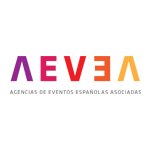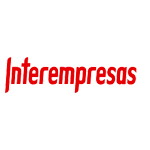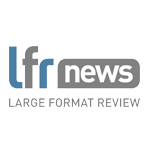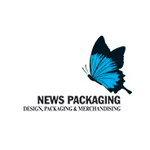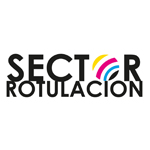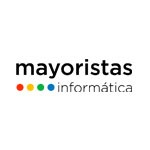A clear trend toward object personalisation with ROLAND
In 2017, mass personalisation has become a clear trend in the digital printing industry. But what is it? What are the benefits? And most importantly, can businesses make money with this service?
Personalisation can affect the products and services sold by any business. A study by Deloitte revealed that customers are looking for products and services adapted to their needs. The good news about this growing demand is that many customers are willing to pay more for it – up to 20% more. Implementing a strategy within your business to offer a customised experience for each customer could lead to significantly higher profit margins. This study was conducted in the United Kingdom, and reflects an increasing trend in Europe and around the world.
Printing service providers that responded to FESPA’s 2015 survey confirmed that demand for personalisation had increased by 54% among their customers, while requests for on-demand services were up by 66%. Printers are responding to this growing trend by diversifying their services. The survey results showed that the most common reason for investing in new products was a desire to provide new products and services (in 44% of all cases).
The definition of personalisation
Personalisation typically applies to three types of products:
Customised products and services: Printing or transferring an image, logo or graphic onto any kind of merchandise, including cups, mobile phones, tablets, bed linen, etc. This is the most popular definition of personalisation for most consumers. It is becoming increasingly affordable and providing more and more benefits.
Mass personalisation: The products are mass-produced, but personalised in accordance with individual preferences. Common examples include printing individual names on the labels of energy drinks, or the personalised key-chains found in gift shops.
Limited personalisation: The products are mass-produced, but the customer has a limited range of personalisation options. This category includes football shirts, for which the customer has limited options to personalise the numbers and printing to get a product that fits their preferences.
UV and personalisation
UV digital printing is one of the best technologies available for product personalisation. The ability to print directly on any object or surface – embossing, textures and 3D effects – and the ability to personalise each element individually make UV printing an interesting area to explore if you are looking for new ways to expand your business.
The FESPA 2015 industry survey suggests that UV printers will soon take over as the type of printer with the most sales to printing businesses. And setting aside the technical details, Roland DG has been doing research in UV technology for many years to bring together all the best features in a single device – thereby helping users to generate new business opportunities.
The VersaUV series is one of the most popular inkjet printers on the market, specifically designed for personalisation.
About Roland DG Corporation
Roland DG Corporation is the leading manufacturer of technology designed to help design professionals and enthusiasts alike transform their imagination into reality. Roland DG responds to all the market’s needs with large printers like the SOLJET, TrueVIS, VersaCAMM, VersaUV and Texart series, milling machines like the MDX, engravers like the EGX, vinyl cutters like the CAMM-1, and photo impact printers like the MPX. In 2010, the company entered the healthcare market with its Easy Shape DWX milling machines, specifically designed for the creation of high-quality dental prostheses. Roland DG recently introduced the monoFAB series of prototyping 3D printers. The company uses its patented D-Cell production technology to manufacture products that are sold all around the world.
WE EXPECT YOU IN THE NEXT EDITION OF C!PRINT MADRID 2017 THE NEXT 26, 27 AND 28 OF SEPTEMBER.







